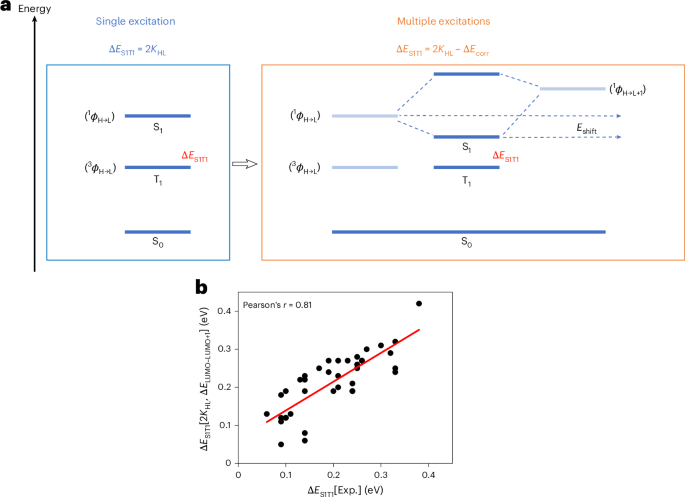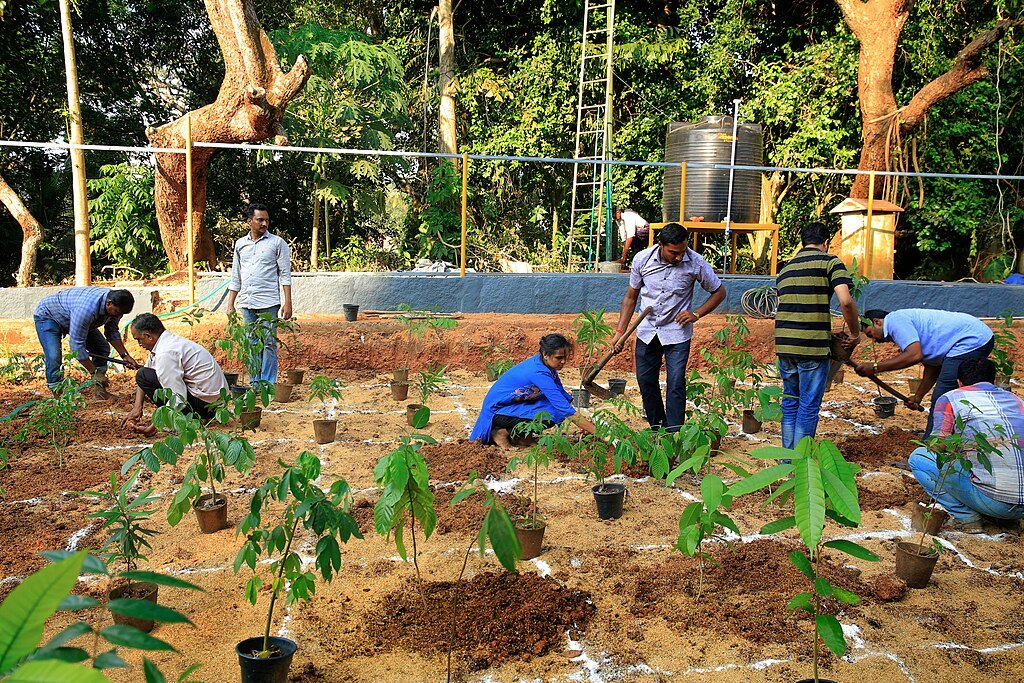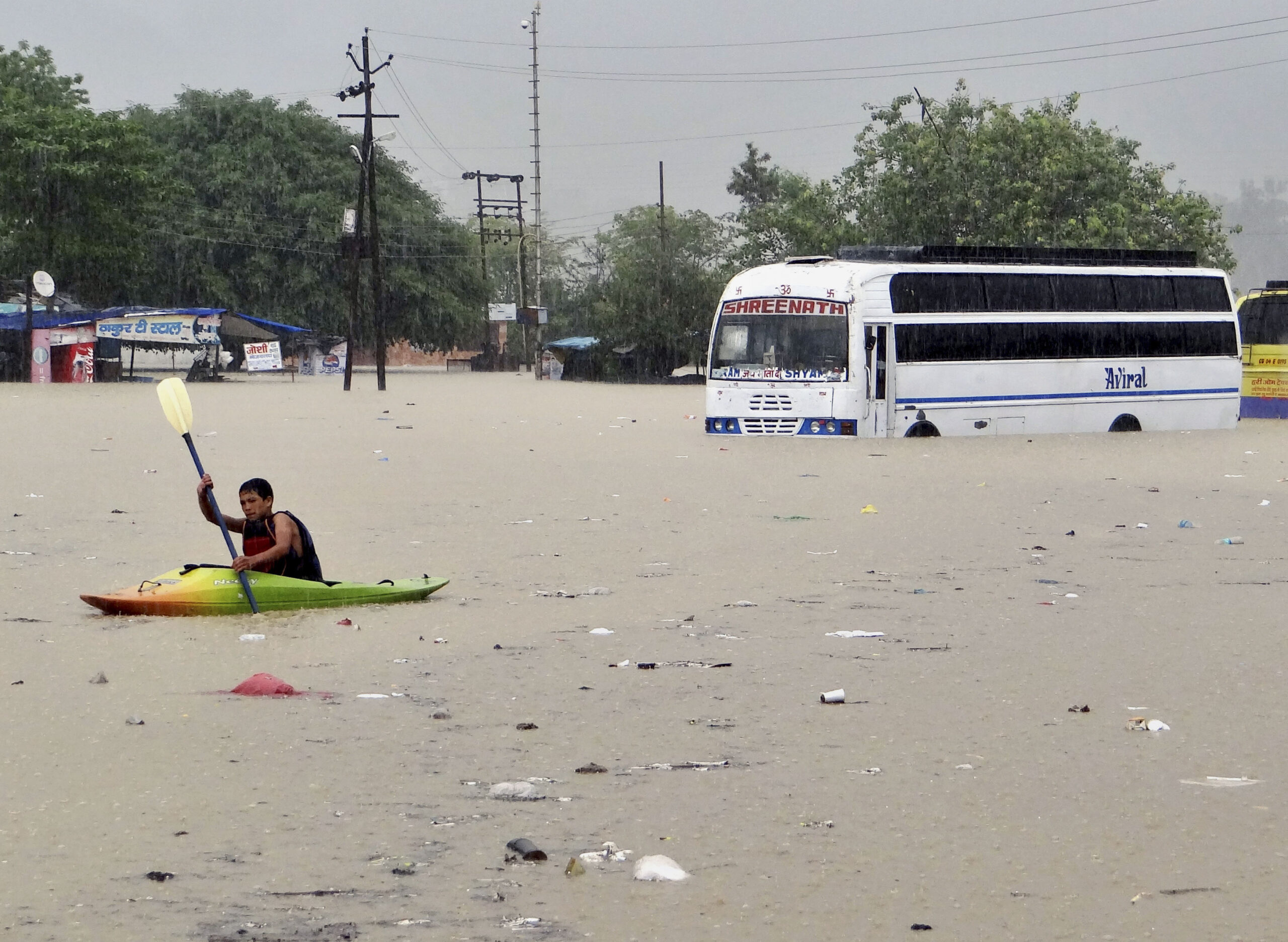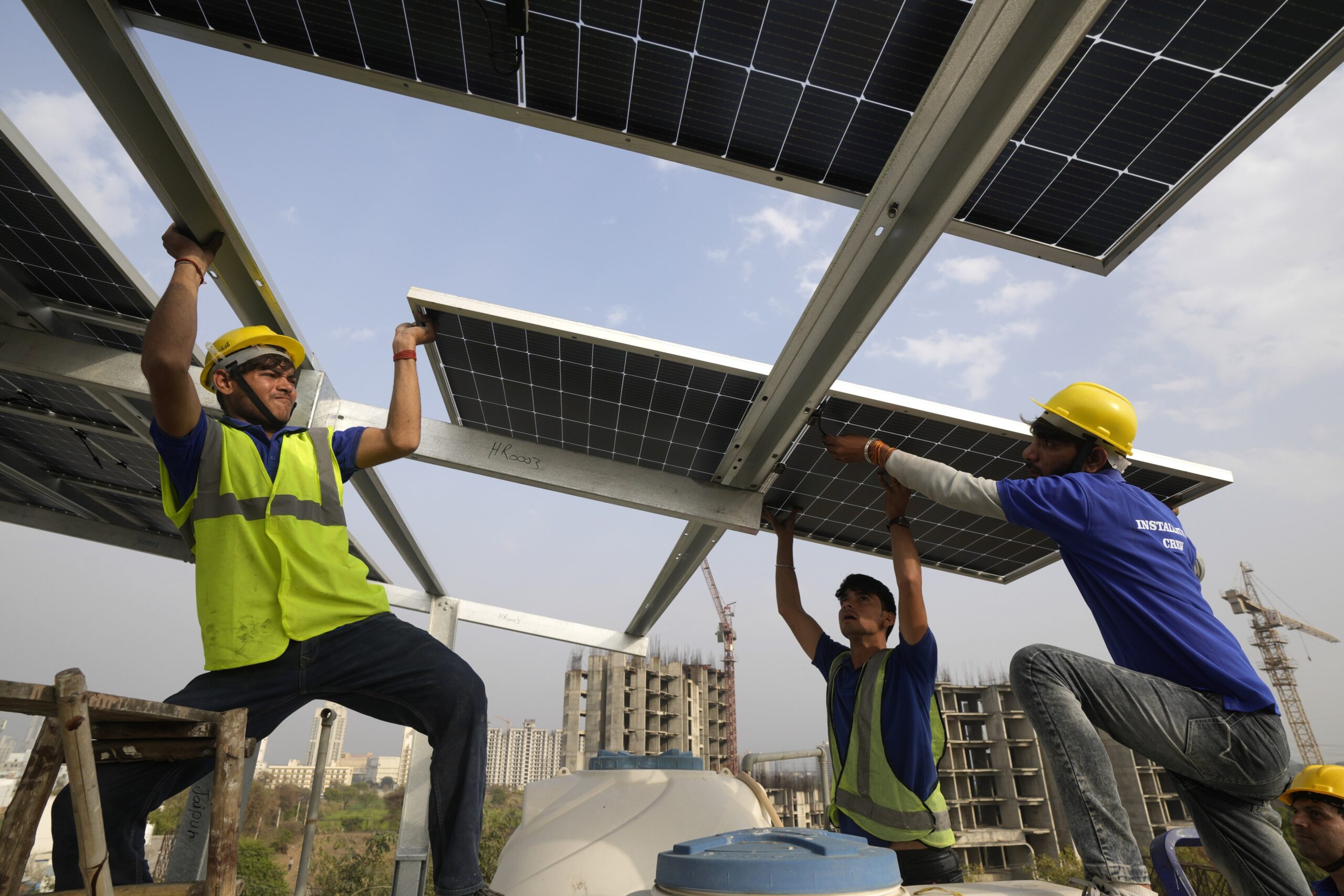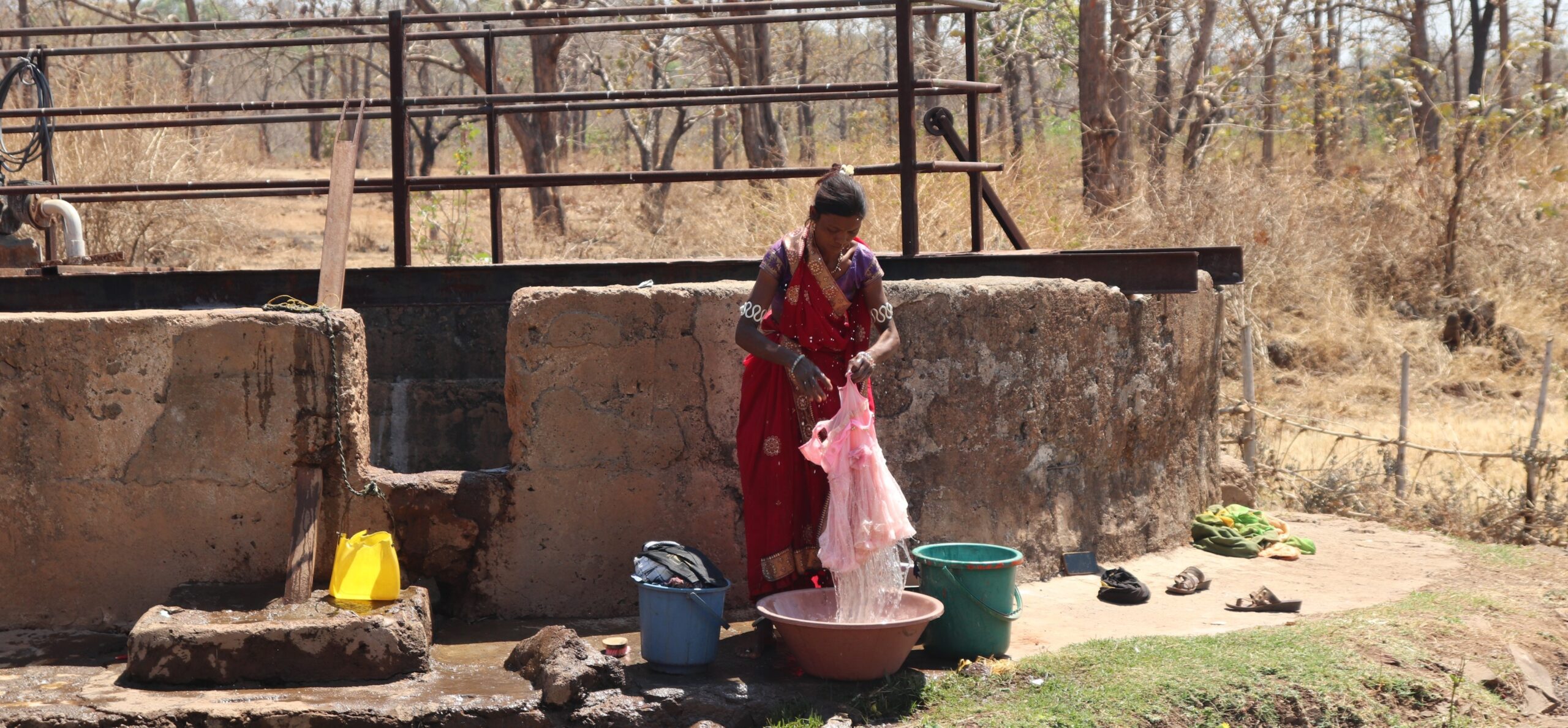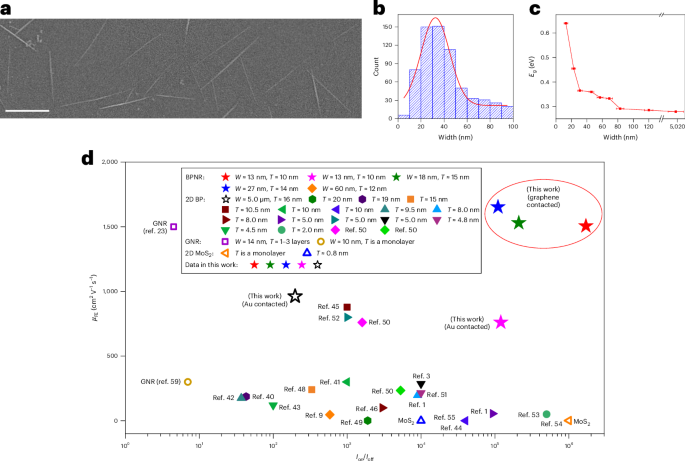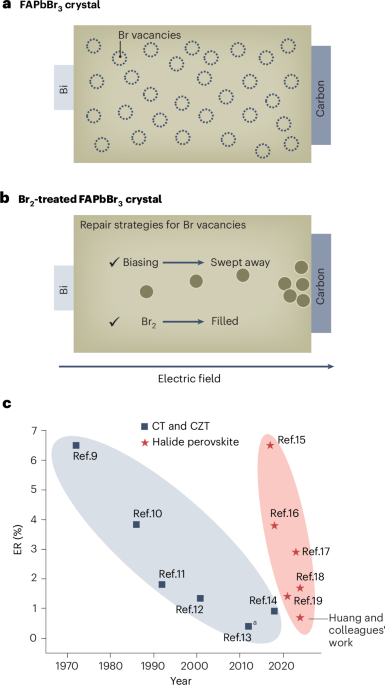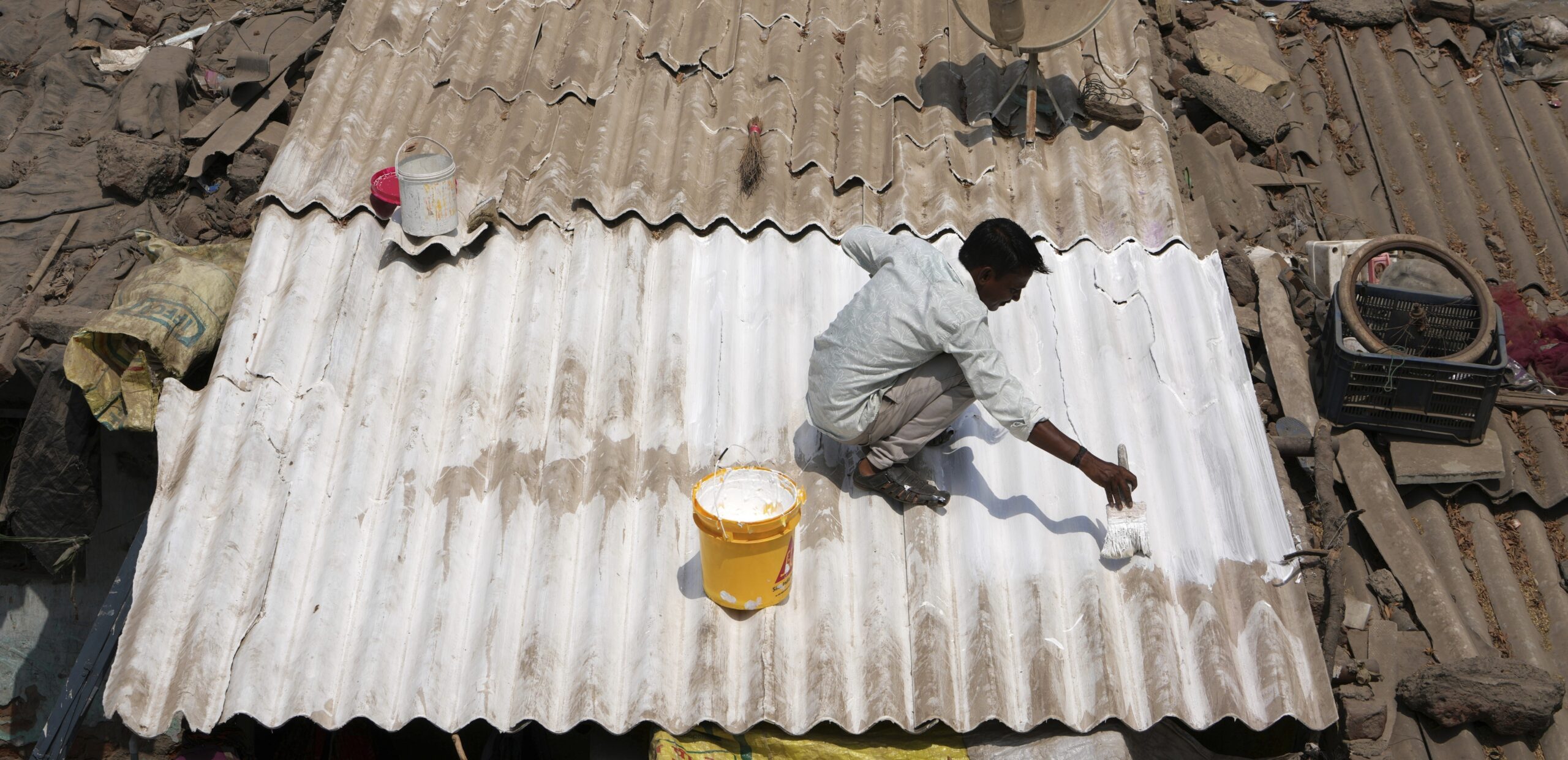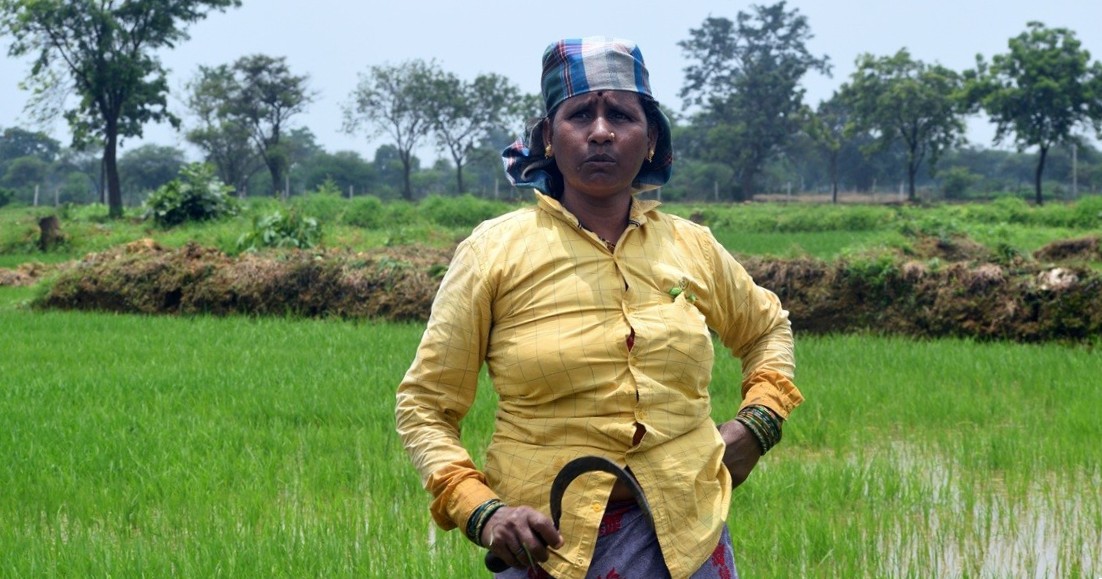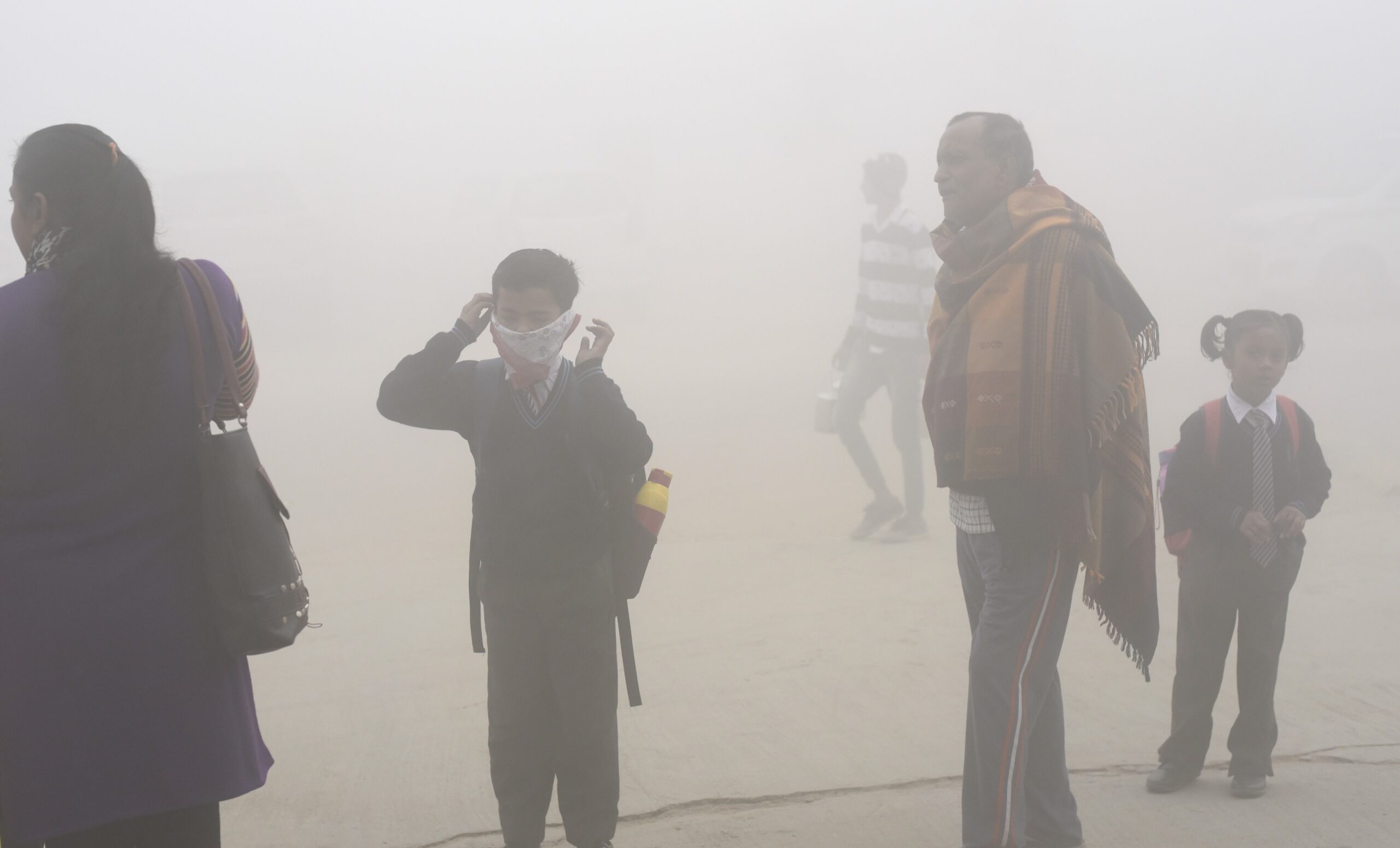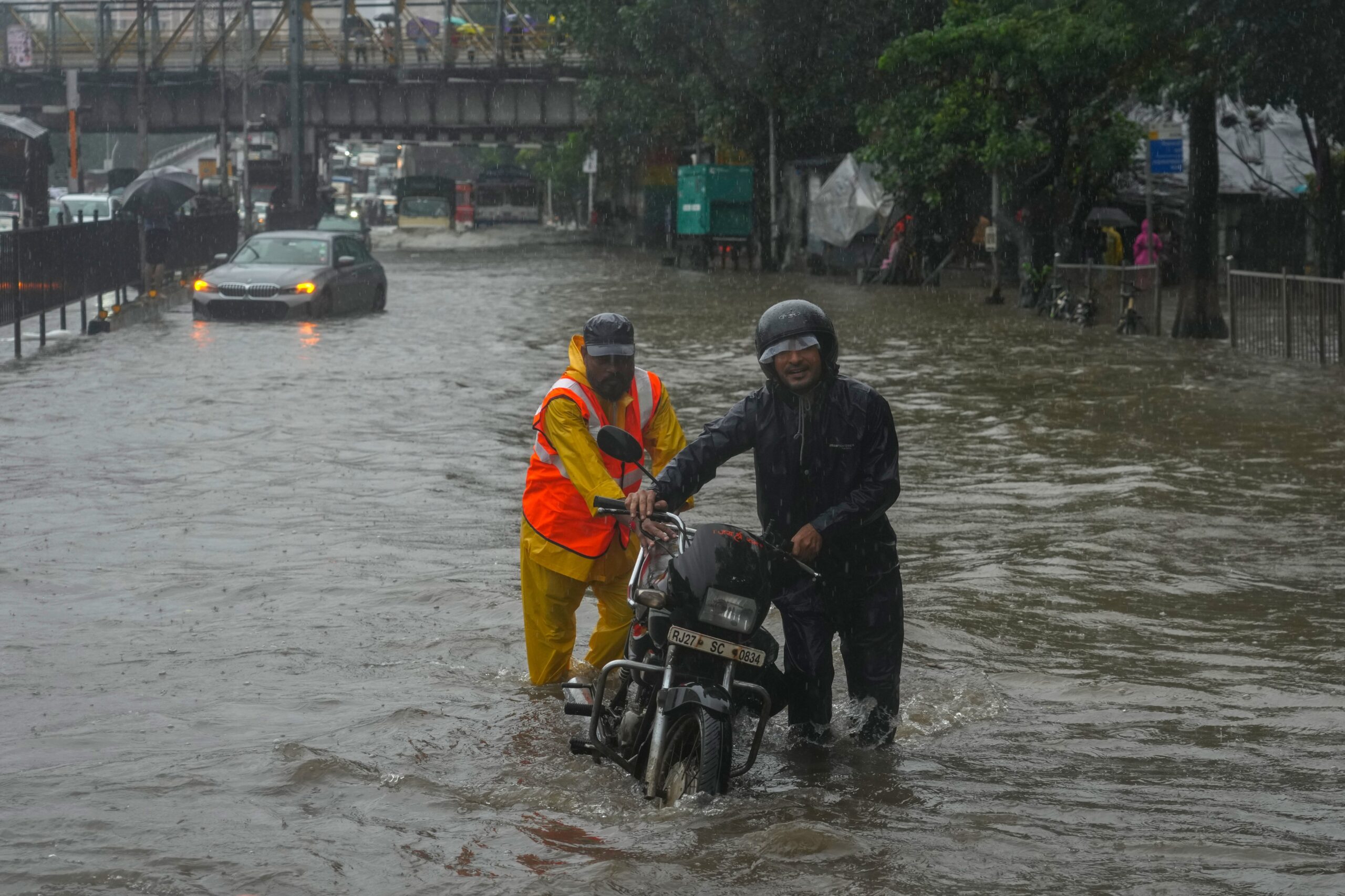
- Gig and informal workers face increasing heat risks due to prolonged outdoor hours without adequate safeguards.
- The National Disaster Management Authority (NDMA) released a set of guidelines aimed at protecting workers during heat waves.
- Experts argue that the effectiveness of the advisory in protecting workers may be limited because it is not legally binding.
Suresh Kumar Singh (name changed), 46, worked with a quick commerce company in Varanasi until his account was blocked by the company in retaliation for participating in a protest. On April 26, when temperatures in the city soared to 43°C, around 150 gig workers, including Singh, went on strike, demanding heat safety measures and fair pay. The company blocked the accounts of all the 150 protestors. Eventually, about 125 of the delivery partner accounts were reinstated. But many, like Singh, who preferred not to reveal his name as he is still hoping to get back onto the platform and receive delivery orders, are still waiting.
Singh, a migrant from Saran district in Bihar and father of two children, says, “I keep sending them emails on a daily basis, but to no avail.” When asked the reason for the strike, he says, “We were forced to work during the peak heat wave. We were requesting to reduce the workload or increase the rate.” The delivery partners for quick commerce app, such as Singh, are part of a ranking system which is linked to incentives. Rejecting orders can lead to a drop in ranking which in turn gets them fewer orders. In certain cases, they are even penalised, which makes it hard for the workers to opt out of deliveries, even if temporarily. The workers have been protesting to ease these systems or provide a higher pay for working during peak heat hours.
In continuation of the protests, on April 29, the striking workers marched from their company office in Shri Ram Colony to the district magistrates’ office and the labour department in Varanasi, which is also the parliamentary constituency of Prime Minister Narendra Modi. Protestors submitted an 11-point list of demands that includes the end of mandatory work assignments between 12 noon and 4 pm during periods of extreme heat, provision of shaded waiting areas with adequate seating, drinking water, and fans, provision of cotton uniforms and heat protection measures for the summer, and many others related to better payment and rights-based issues. These workers have also filed a complaint with the National Human Rights Commission (NHRC) on June 6.
The Varanasi incident underlines the challenge that gig workers, involved in an economy estimated to increase manifold, are facing. According to NITI Aayog, in 2020-21, 7.7 million workers were engaged in the gig economy, primarily in sectors such as transportation, food delivery, logistics, and home services. The gig workforce is expected to expand to 23.5 million by 2029-30.
A 2024 survey by the Indian Federation of App-based Transport Workers (IFAT) found that over 50% of gig workers reported symptoms of heat exhaustion and heat stroke, and more than 40% stated they lacked access to cold, clean drinking water.
Kasim Saiyyad, a Tata Cornell Institute Scholar and researcher at Cornell University, worked as a delivery app ‘partner’ in Maharashtra for two months as part of his study. He found that summer and monsoon seasons are especially tough for gig workers. “Dehydration is common during peak hours, and most workers don’t carry water. Restaurants often lack washrooms, drinking water, or shaded waiting areas. Rest points are too far from routes to be useful,” he says.
Based in Nagpur, where summer temperatures reach 45-48°C, Saiyyad observed that wearing helmets becomes unbearable. Some workers are fined for traffic violations. He also noted food spoilage. “The delivery boxes aren’t built for extreme conditions, which affects food quality during transit,” he adds.
The positive aspect of the entire issue is that government bodies are gradually recognising the challenges that gig workers face. The National Disaster Management Authority (NDMA) in its latest advisory aimed at gig workers during periods of extreme heat states that these workers “operate largely outdoors and are disproportionately exposed to extreme heat.” These workers, who are essential to urban functioning and service delivery, often have no formal protections and limited ability to opt out during peak heat hours.” Many workers are now reporting heatstroke symptoms, mobile phone failures due to overheating, and a complete absence of shade, hydration, or rest provisions,” it says.

Cooling the gig economy
The NDMA’s recent advisory outlines a set of mandatory and recommended measures for digital platforms, urban local bodies (ULBs), state governments, and enforcement agencies, specifically during India Meteorological Department (IMD)-declared orange and red heat alerts.
It talks about shift restructuring. Platforms must suspend mandatory work between 11 a.m. and 4 p.m. during heat wave alerts, instead, offering shorter, two-hour shifts with cooling breaks. Workers must be allowed to opt out without penalties, and incentives tied to login time or slot adherence must be waived. The advisory also calls for at least two emergency leave days during summer, with three for women workers.
To reduce exposure, the advisory directs platforms to limit service radius to 3 km during peak heat hours and promote clubbing deliveries. It also advises relaxation in delivery deadlines during these hours.
The advisory places due importance on safety and hydration. Platforms must provide heat-protection kits that include UV-protective clothing, cooling caps, sunglasses, insulated water flasks, ORS sachets, and phone covers to prevent device overheating, a common cause of missed orders and income loss.
Importantly, the cost of hydration should not be borne by workers. Platforms are required to supply or reimburse at least two litres of bottled water per shift, the advisory says. Municipal bodies must establish water refill stations or allow workers to refill at designated locations, such as municipal kiosks and various parts of the city, it states.
Cooling shelters are another key focus. Platforms are directed to tag shaded rest zones, such as fuel stations, air-conditioned public buildings, or designated shelters, within worker apps. Collaboration with NGOs, RWAs, and private entities is encouraged to establish “Worker Cooling Shelters” in high-density gig zones. ULBs have been asked to open community halls, libraries, and other public buildings for daytime rest. All shelters must be accessible and include charging points for assistive devices.
Workers must receive 15-minute cooling breaks every 90 minutes of logged-in work, without penalties or pay cuts. Those with disabilities must be allowed to opt out of extreme heat shifts altogether.
To build preparedness, the advisory recommends training modules in local languages on recognising signs of heatstroke, first aid, and managing risks for those with chronic conditions. Female workers should be educated about the increased risk of UTIs due to heat exposure and limited access to sanitation.
The advisory says that apps must now include a “Heat Emergency” button that allows workers to pause order allocation and alert supervisors in the event of distress.
The advisory also recommends integrating gig workers into city and state heat action plans and urban development policies as a recognised vulnerable group.
The advisory also emphasises the importance of public participation, including offering tips during heat waves and providing cold water. It encourages Residents Welfare Associations (RWAs) and private institutions to set up shade and hydration points, it says.
While the advisory signals a significant step in acknowledging the climate vulnerability of gig workers, its impact will depend on how effectively it is implemented. When Mongabay India spoke with gig workers in the National Capital Region (NCR), most appreciated the advisory, but they were seemingly sure that companies would not implement it. They didn’t agree to reveal their identity as it may lead to action against them from the company they are working with. Experts echoed their concern.
Avinash Chanchal, Deputy Programme Director at Greenpeace South Asia, says the advisory is a welcome step but highlights that it should be more than just a guiding document and it must come with adequate funding and legal backing. “The entire 10-minute delivery model is problematic. Workers have no real option to reject assignments, if they do, they face penalties. The system is fundamentally exploitative,” he says.
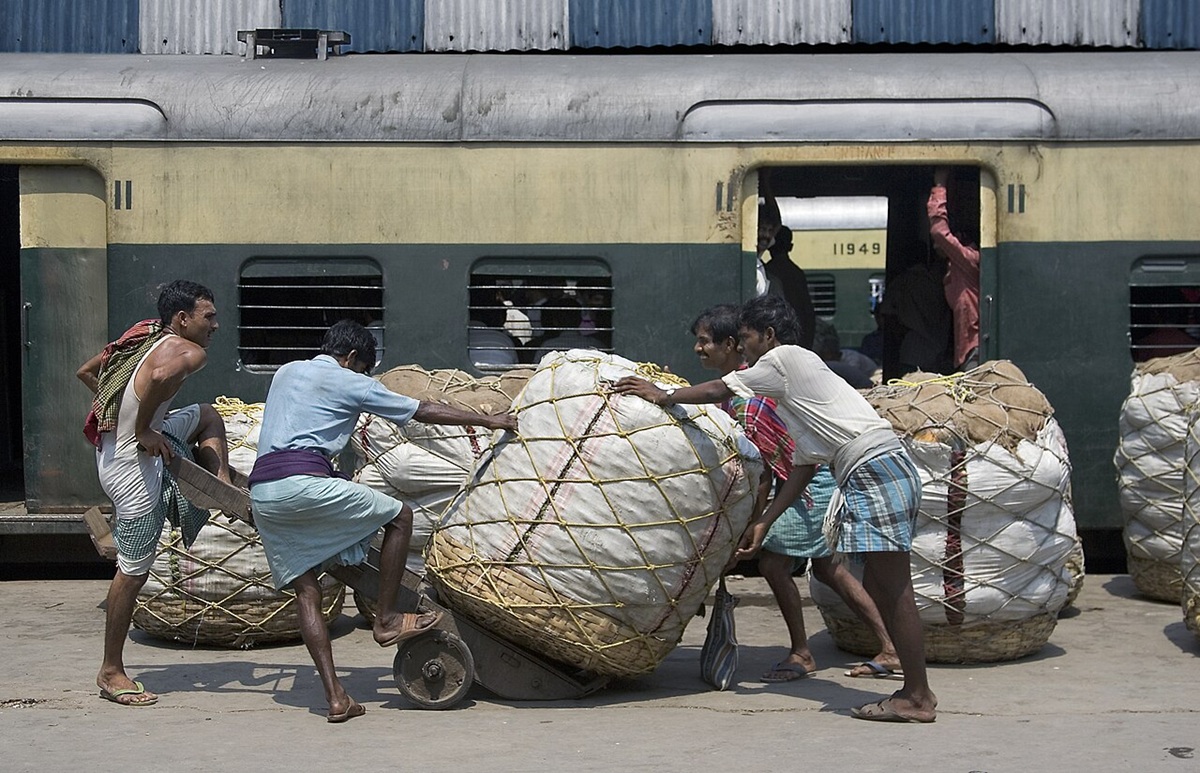
Saiyyad pointed out that companies often adopt government policies only on paper. “Resting points may be shown on the app, but no one checks if they are usable. There is no feedback loop from workers, so nothing improves.” He also highlighted the app design disparity. “The customer app is very user-friendly; simply scroll through the menu and place your order. However, the delivery partner app isn’t designed for ease of use. It is limited mostly to order notifications. If a worker rejects three orders, their ratings drop and incentives are cut. The platform doesn’t want delivery partners to engage deeply with the app, just to use it for accepting and completing deliveries.”
Chandan Kumar, a trade union leader and founder of the Gig and Platform Services Workers Union (GIPSWU), echoed these concerns. “Even during heat waves, workers are forced to stay out for hours. There may be an advisory and an app, but it’s the worker who bears the brunt of the sun. If NDMA struggles to ensure compliance in the organised sector, how will it manage the floating gig workforce?” he asked. Kumar added that a clear, on-ground implementation roadmap is essential, which involves city and district administrations actively.
A building momentum
As the gig economy expands, concerns around the welfare of gig and platform workers are also growing. In response, several state governments have introduced policy measures. Most recently, Bihar passed a welfare bill for gig workers in July. The bill aims to provide social security benefits such as compensation for death and disability, hospitalisation support, and maternity benefits for women gig workers. It also mandates the registration of gig platforms and their workers.
Prior to this, Karnataka introduced the Karnataka Platform-Based Gig Workers (Social Security and Welfare) Ordinance, 2025, in May with similar provisions. Telangana has drafted its own version, titled the Telangana Gig and Platform Workers (Registration, Social Security and Welfare) Act, 2025.

In 2023, Rajasthan became the first state to enact a law regulating platform-based gig work, with the Rajasthan Platform-Based Gig Workers (Registration and Welfare) Act. The legislation ensures labour rights, social security, and welfare programmes for such workers.
Chanchal notes that gig workers are increasingly recognising their vulnerabilities and are beginning to unionise in cities like Patna and Hyderabad. “They are putting pressure on the government, and we’re now seeing some policy responses as a result,” he adds.
Saiyyad adds, “State governments’ involvement in policymaking is a positive step. While Rajasthan’s welfare fund is promising, effective implementation will be crucial to its success. The real success lies in whether these benefits reach workers and address their daily challenges, not just post-incident needs.”
Read more: Urban commons shape the lives of India’s gig workers [Commentary]
Banner image: A gig worker in Noida. Many gig workers in the National Capital Region were sceptical about the impact of the NDMA advisory. Image by Kundan Pandey.

























